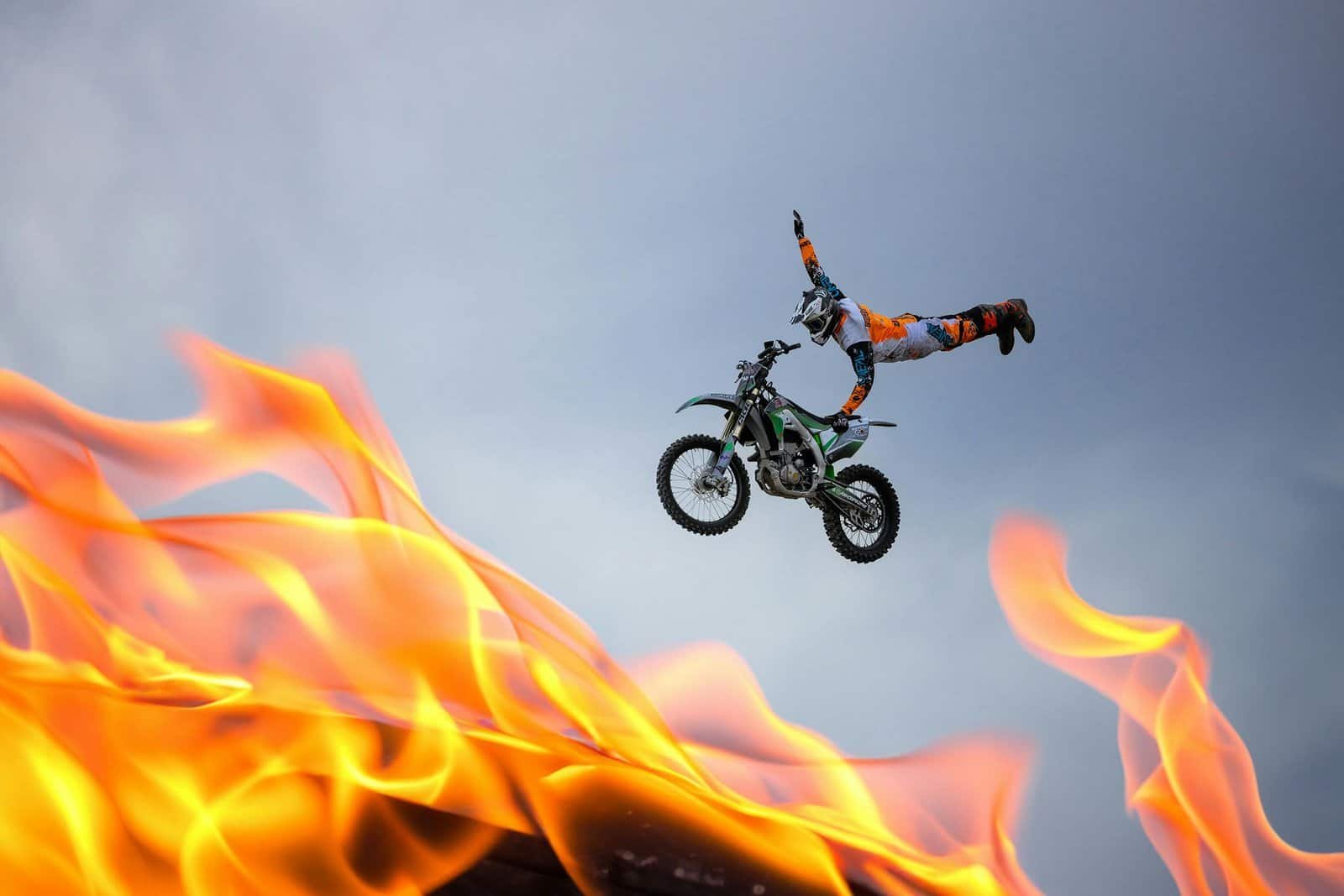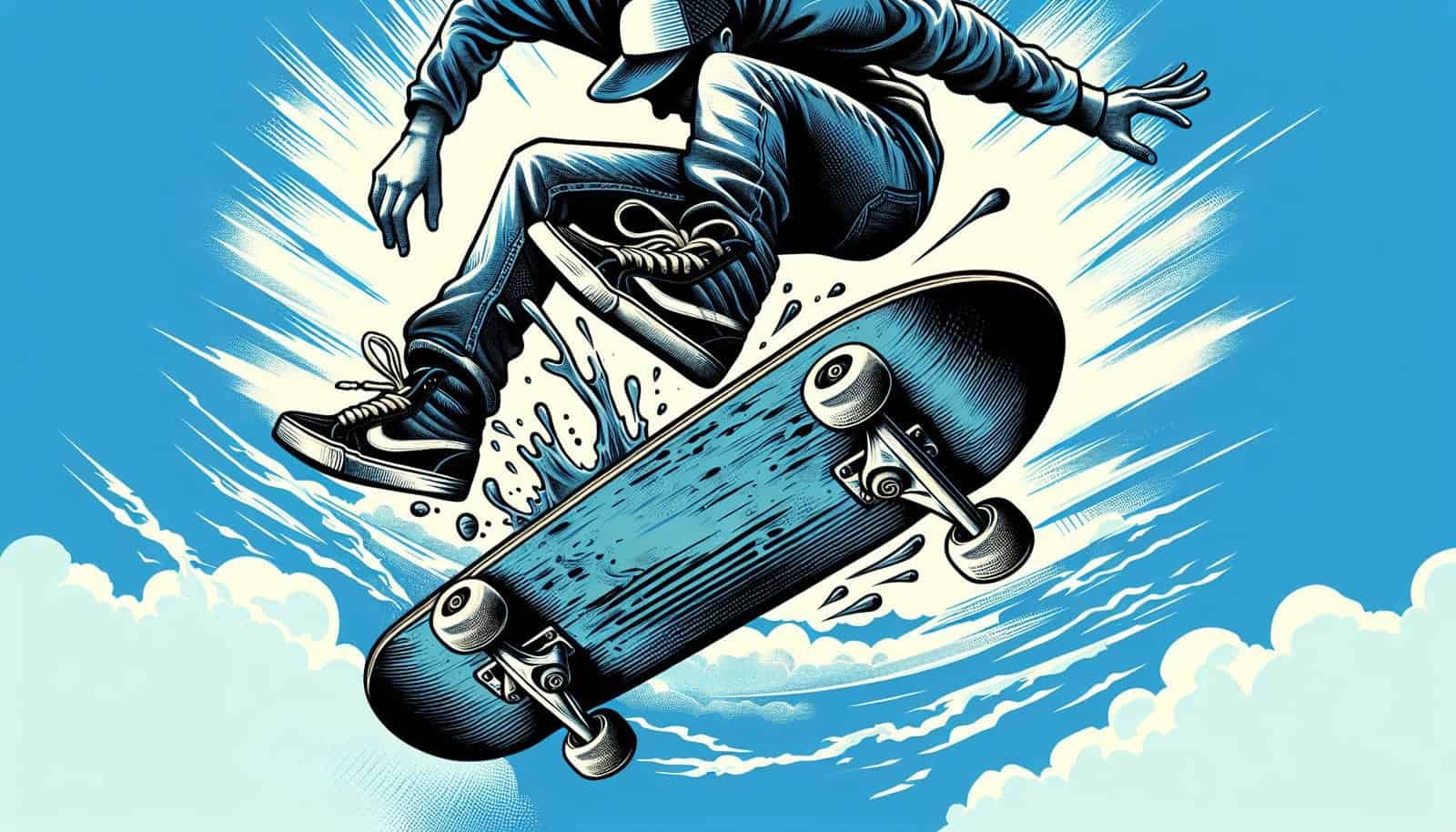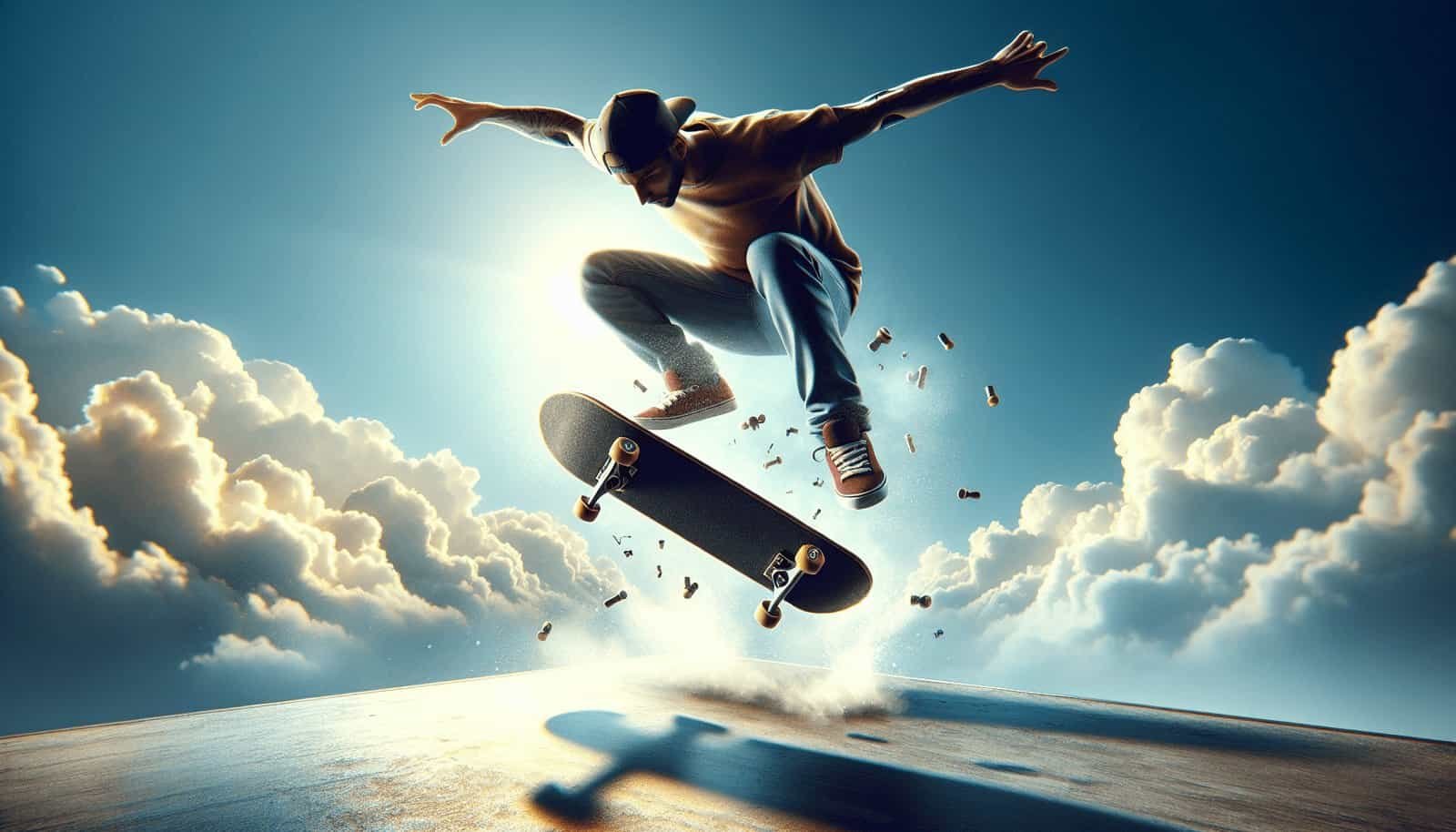Have you ever wondered how you could elevate your skateboarding skills by improving your pop and achieving more height in your tricks? If you’re aiming to impress your friends at the skate park or just want to advance your personal skateboarding journey, understanding the mechanics behind a powerful pop and learning the right exercises to enhance it can transform your experience on the board. Let’s dive deep into the techniques and exercises that can boost your skateboard pop and height.
Understanding Skateboard Pop
Before you can improve your skateboard pop, it’s essential to understand what it entails. The term “pop” in skateboarding refers to the action of slamming the tail of the skateboard down to the ground, causing the board to lift into the air. This action is foundational for various tricks, making it crucial for both beginners and seasoned riders. A strong pop enables you to perform higher jumps, opening the door to more advanced maneuvers and adding flair to your skating style.
The Importance of Pop
The pop is the backbone of most skateboard tricks. Whether you’re executing an ollie, kickflip, or heelflip, a strong pop is essential in achieving the desired height and control. Improving your pop not only helps in executing tricks more efficiently but also enhances the overall smoothness and fluidity of your skateboarding.
Anatomy of a Good Pop
Achieving a good pop involves several key components:
- Tail Snap: The forceful contact between the board’s tail and the ground creates the initial lift.
- Balance and Timing: A combination of balance and precise timing ensures the board rises at the correct angle.
- Foot Placement: Proper foot positioning helps in maximizing the board’s lift.
- Upper Body Movement: Coordinating your upper body aids in maintaining equilibrium during jumps.
Recognizing these elements can guide you in refining your technique and executing higher, cleaner pops.

Exercises to Improve Skateboard Pop
Improving your skateboard pop largely hinges on strength, agility, and technique. Below are some exercises designed to enhance each of these areas, contributing to a more powerful pop and greater height in your tricks.
Strength Training
Strength training focuses on building the muscle groups most involved in skateboarding. This includes your legs, core, and lower back—all crucial for executing a successful pop.
Squats
Squats are excellent for building leg muscles. They focus on the quadriceps, hamstrings, and glutes, providing the power needed for a strong pop.
How: Stand with feet shoulder-width apart, lower your body as if sitting back into a chair, and return to standing. Repeat 10-15 times, 3 sets.
Lunges
Lunges work on balance and coordination while strengthening your legs and enhancing your skating endurance.
How: Step forward with one leg, lowering your hips until both knees are bent at about a 90-degree angle. Push back to start position. Repeat 10-15 times per leg, 3 sets.
Agility Exercises
Agility is crucial for quickly changing direction and maintaining control while executing tricks. Here are exercises to boost your agility:
Box Jumps
This exercise simulates the explosive power needed in skateboard pops.
How: Stand in front of a sturdy box or bench, jump onto it, then step or jump back down. Perform 10-15 repetitions in 3 sets.
Skater Jumps
Skater jumps mimic the side-to-side movements seen in skating, enhancing both agility and balance.
How: Leap from side to side, landing on one leg and swinging your arms to maintain momentum. Repeat for 30-60 seconds, 3 sets.
Flexibility and Mobility
Flexibility ensures your body can move through a full range of motion without discomfort or injury.
Hip Flexor Stretches
Loose hip flexors are essential for a smooth pop, as the hips play a key role in lifting the body and board.
How: Kneel on one knee, push your hips forward, and hold the stretch. Switch legs after 20-30 seconds. Repeat 2-3 times on each side.
Dynamic Warm-ups
Before skating, utilize dynamic stretches to prepare your muscles and joints.
Examples: Leg swings, arm circles, and torso twists. Spend 5-10 minutes on warm-ups.

Drills to Enhance Pop Technique
Strength and agility exercises prepare your body, but drills specifically focused on skateboarding can refine your technique. Here are drills to help hone your skateboard pop.
Ollie Practice
The ollie is a fundamental trick that relies heavily on pop.
How: Practice popping the tail and sliding your front foot up the board simultaneously. Start stationary, then gradually build up to performing while moving.
No-Comply Tricks
No-comply tricks teach you to use your back foot more effectively, essential for a strong pop.
How: Practice placing your back foot on the ground while the front foot pushes the board into the air. Rehearse until the movement feels fluid.
Manual Balancing
Balance is crucial for maintaining control during and after popping the board.
How: Practice manual (wheelie-style) balancing by maintaining the board on just the back wheels. This exercise enhances your balance and foot coordination.

Nutrition and Rest: Overlooked Factors
While exercises and drills significantly contribute to improving skateboard pop, your body’s overall health plays an equally crucial role.
Nutrition
A balanced diet rich in protein, carbohydrates, and healthy fats ensures you have the energy and muscle strength necessary for performance.
- Protein: Vital for muscle repair and growth; include chicken, fish, and legumes.
- Carbohydrates: Provide energy; consume whole grains and fruits.
- Fats: Support endurance; incorporate avocados, nuts, and olive oil.
Rest and Recovery
Your muscles need time to recover and strengthen post-exercise, so quality sleep and rest days are essential.
- Sleep: Aim for 7-9 hours of sleep per night to promote muscle recovery.
- Rest Days: Allow your body to recuperate with at least one full rest day per week, interspersed with active recovery like light stretching or yoga.

Safety Tips for Practicing Skateboard Tricks
Practicing skateboarding tricks inevitably comes with risks. Adhering to safety tips can help minimize these risks, allowing you to focus more confidently on improving your pop.
Using Protective Gear
Wearing protective gear such as helmets, knee pads, and wrist guards can prevent injuries while practicing new tricks.
Skating on Appropriate Surfaces
Always skate on smooth, clean surfaces. This helps in maintaining better control over the board and reduces the likelihood of accidents.
Gradual Progression
Avoid rushing to perform high-difficulty tricks. Instead, build up your skills progressively, ensuring that each step forward feels confident and controlled.

Final Thoughts
Improving your skateboard pop and achieving greater trick height involves a mix of targeted exercises, drills, and an understanding of the technical aspects of popping your board. Balancing strength, agility, flexibility, and nutrition in your routine sets a solid foundation for enhancing your skateboarding abilities. Practice patiently, stay motivated, and soon you’ll find your jumps reaching new heights—literally and figuratively.
